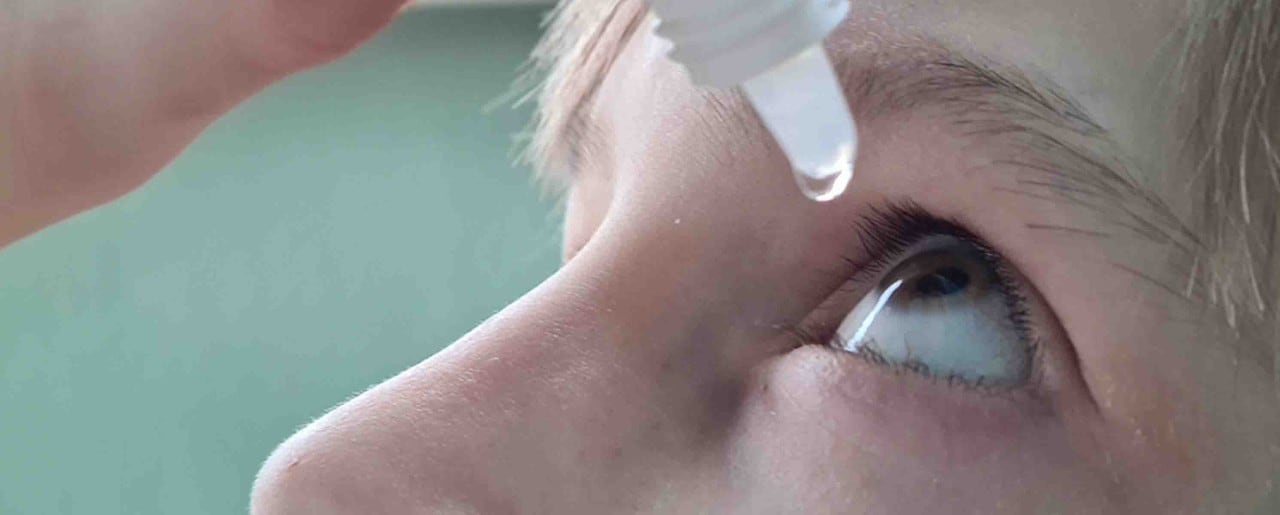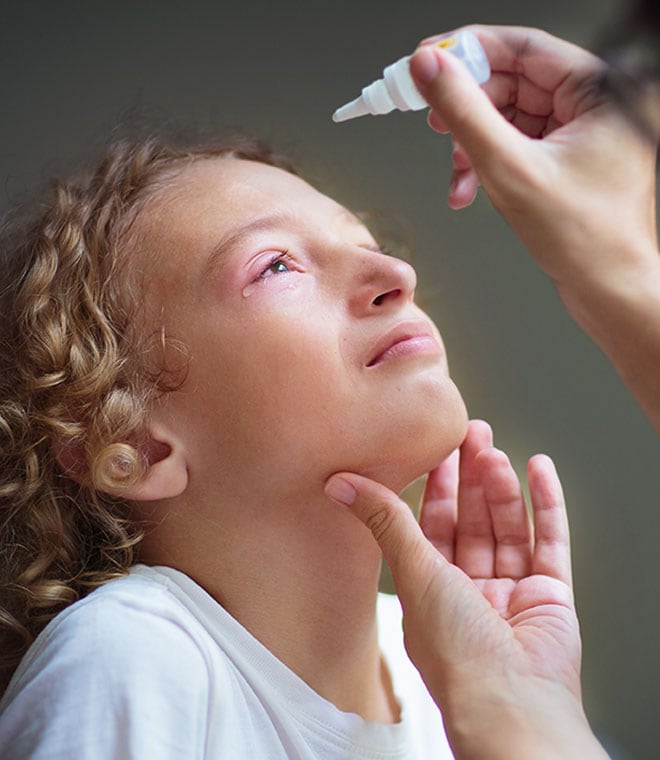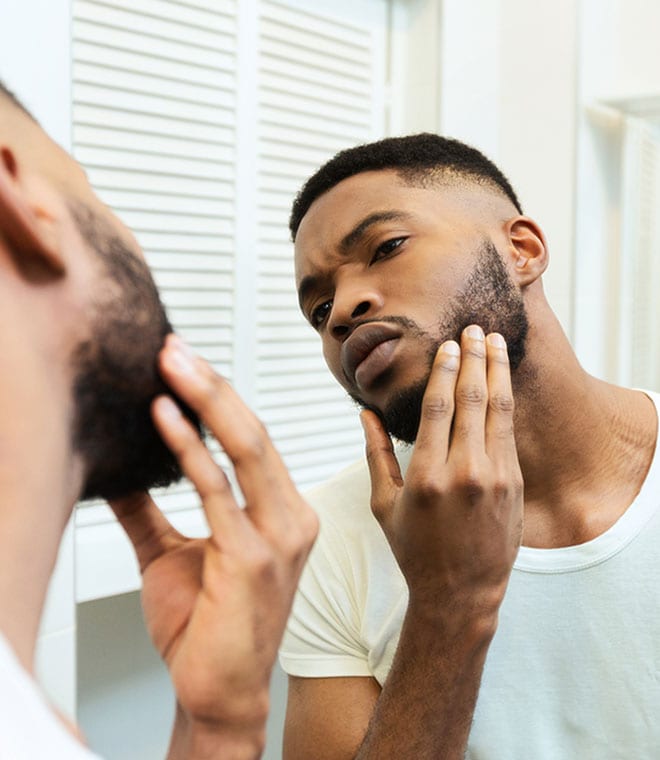Health
Eye drops for pink eye: Types and how to use
By Sanjay “Jay” Patel, Doctor of Osteopathic Medicine | Allergy & Immunology Jul 19, 2024 • 5 min
Commonly called pink eye, conjunctivitis is inflammation of the clear membrane lining the eyeball and eyelid. Bacteria, viruses and exposure to irritants can all cause this inflammation. As a result, there is more than one type of eye medicine for pink eye.
Types of eye drops for conjunctivitis
Medicine for eye conjunctivitis often comes in eye drop form, allowing it to be administered directly into the eyes. There are a few types of pink eye medicine available, and the type that’s right for you will depend on the cause of your symptoms.
1. Antibiotic ophthalmic drops: Healthcare providers typically prescribe antibiotic eye drops for bacterial conjunctivitis. These drops contain medications that kill bacteria or prevent them from multiplying. Using antibiotic eye drops can help bacterial pink eye clear up faster, lower the likelihood of complications and reduce the risk of spreading the infection to others.
2. Antihistamine eye drops: For pink eye caused by allergies, antihistamine eye drops are typically recommended. Allergies occur when the immune system mistakes proteins (allergens) in harmless substances for a threat and attempts to attack the allergens. To do so, it starts a series of reactions that result in the release of the hormone histamine, which in turn causes allergy symptoms like pink eye.
Antihistamine eye drops interfere with the activities of histamine to treat allergic conjunctivitis. They are available in both over-the-counter and prescription strengths.
3. Anti-redness eye drops: Also called vasoconstrictors, anti-redness eye drops don’t typically treat conjunctivitis, but they may alleviate redness of the eyes. A healthcare provider may recommend them for easing the redness associated with viral conjunctivitis or pink eye caused by exposure to an irritant.
Vasoconstrictor eye drops work by shrinking the blood vessels in the eyes. Because they may worsen redness with long-term use, the drops are usually intended only for occasional use.
4. Artificial tears: A blend of electrolytes and lubricants, artificial tears moisturize and lubricate the eyes, easing itching. While they don’t treat pink eye, the drops may help soothe discomfort due to mild allergies or exposure to irritants.
Tips for using eye drops
Following these tips while using eye drops can help ensure the best results from treatment
1. Read the directions: Before using any prescription or over-the-counter eye drops, read the directions for use carefully and follow them closely unless your healthcare provider gives you other instructions.
2. Practice good hygiene: Wash your hands with soap and warm water before and after administering eye drops. Don’t allow the tip of the eye dropper to touch your eye. Replace the cap on the eye drops after use.
3. Consult your healthcare provider: Before using any treatment for pink eye, talk to your healthcare provider. They can determine what’s causing your symptoms and recommend the right eye drops for your needs.
How to administer conjunctivitis eye drops
For any type of eye drop to be effective, you must use it correctly. Follow these steps to administer eye drops:
- Tilt your head back or lie down on your back.
- Look up.
- Gently take hold of your lower eyelid and pull it out and downward.
- Position the eye drop bottle just above the space below your eye created by holding your eyelid.
- Squeeze the bottle to release the correct number of prescribed drops into your eye.
- Release your eyelid.
- Close your eye and gently press on the inner corner for 30 seconds to 1 minute.
If you find administering eye drops difficult, your healthcare provider can recommend tools to simplify the process.
Published July 2024.
References:
- https://my.clevelandclinic.org/health/treatments/16386-antibiotics
- https://www.nei.nih.gov/Glaucoma/glaucoma-medicines/how-put-eye-drops
- https://www.mayoclinic.org/diseases-conditions/pink-eye/diagnosis-treatment/drc-20376360
- https://www.cdc.gov/conjunctivitis/about/treatment.html
- https://my.clevelandclinic.org/health/articles/24854-histamine
- https://health.clevelandclinic.org/choosing-right-eye-drops-itchy-dry-watery-eyes




